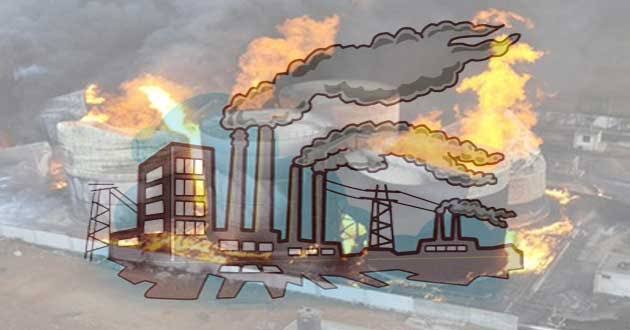What are the Various Aspects of Industrial Accidents
 |
| Image Credit |
A work accidents, workplace accident, occupational accidents or accident at work is a "discrete occurrence in the course of work" leading to physical or mental injury. According to the International Labour Organisation (ILO), more than 337 millions accidents happens on the job each years, resulting, in more than 2.3 millions death annually.
The ever increasing machanization, electrification chemical process and sophistication have made industrial jobs more and more complex and intricate. This has led to increase danger to human lives in industries through accidents and injury. In fact, the same underlines the needs for the importance of industrial safety. Let's us first understand what industrial accident actually means.
The phrase "physical and mental harm" means any "injury, disease or death". Occupational accidents differ from occupational disease as accidents are unexpected and unplanned occurrences (e.g., mine collapse), while occupational disease are "contracted as a result of an explosion over a period of time to risk factors arising from work activity" (e.g., miner's lung).
Incidents that fall within the definition of occupational accidents includes case of acute poisoning, attacks by humans and animals insects etc.., slips and falls on pavement for staircases, traffic collision, and accidents on boards means of transportation in the course of work, accidents in airport, stations and so on.
There is no consensus as to whether commuting accidents (e.g., accidents on the way to work and while returning home after work) should be considered to be work accidents. The ESAW Methodological includes them the ILO includes them in its conventional concerning health and safety at work, also its its list them as a separate categories of accidents; and some countries (e.g., Greece) do not distinguish them from other work accidents.
It is condition in which a "human being is mentally inclind, strongly disposed, attitudinally addicted or personally destined to become continuously involved ill on going and never ending series of accidents or injuries".
Accordingly some people may be more often involved in accidents than others. In other words, they are "accidents - prone", they get involved in accidents, however hard they try to avoid them. The causes of accident proneness are muscular weakness, emotional instability visual disability, recklessness, honestility and indifference.
Next you will Learn about Types of a Accidents in Workplace as per Indian and International Standard.
Comments
Post a Comment